Bird Migration Patterns: Tracing Highways in the Sky
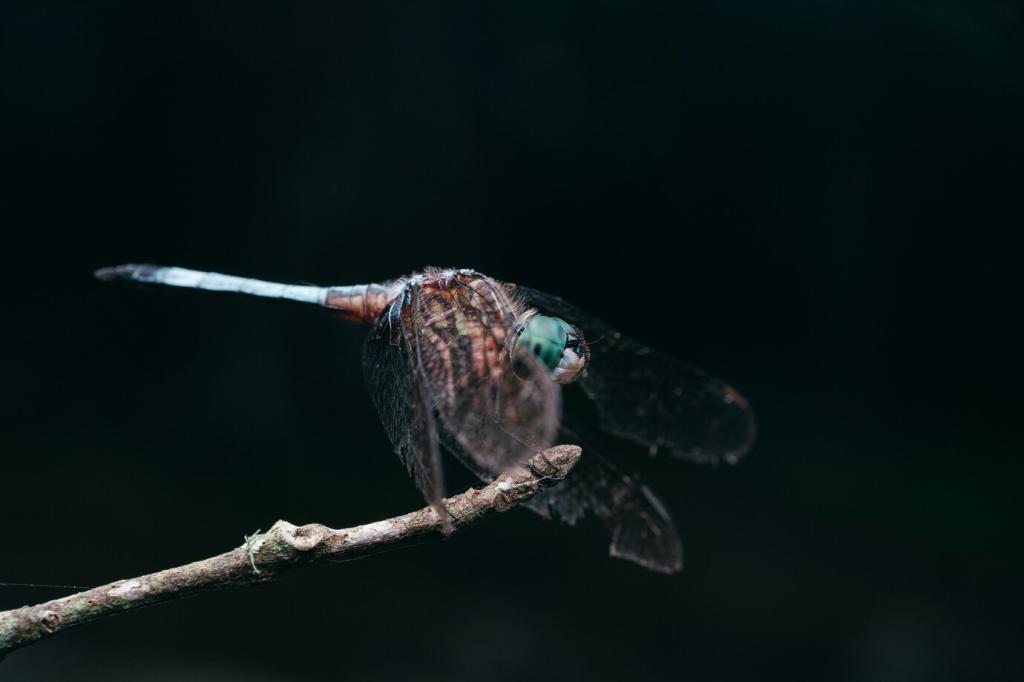
Daylength and the hormonal green light
As days lengthen or shorten, birds register photoperiod changes that trigger hormones, cueing fat storage and restlessness. This seasonal surge, called zugunruhe, transforms calm perchers into tireless travelers ready to ride favorable winds.
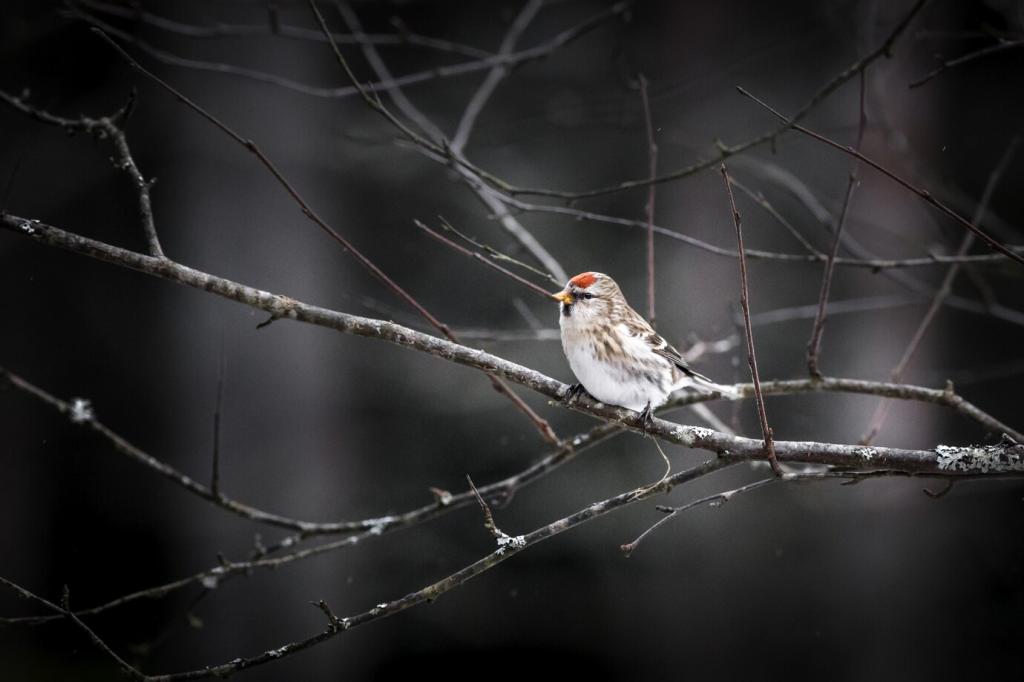
Weather windows and wind highways
Fronts, tailwinds, and pressure systems create moving corridors of opportunity. Flocks lift off when conditions promise efficient travel, timing departures to slipstream along low-drag routes that conserve precious fat reserves for the next leg.
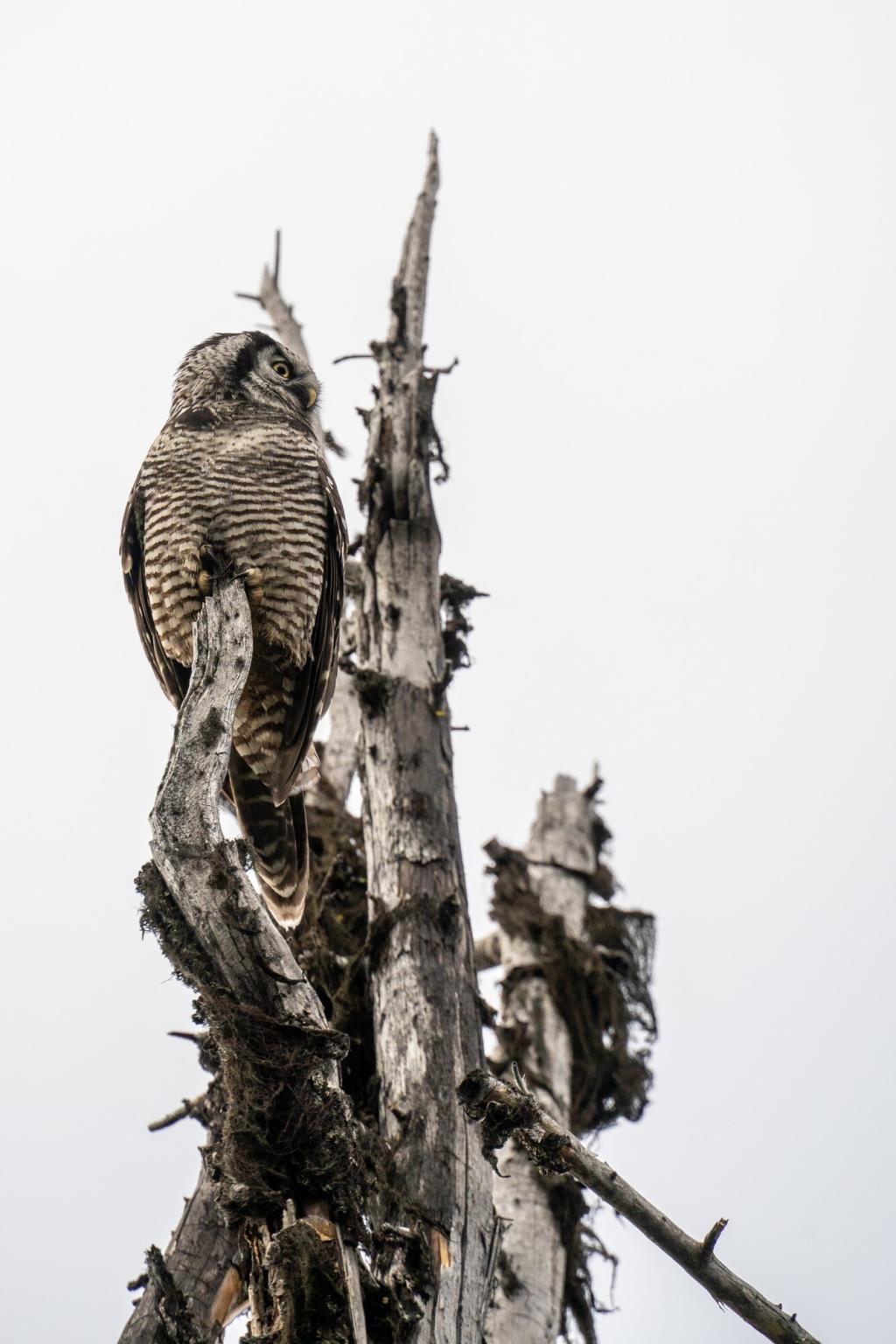
Food pulses and ecological timing
From Arctic insect blooms to coastal baitfish schools, fleeting food peaks shape bird schedules. Species refine departure dates to arrive just as buffets open, balancing hunger, competition, and the risks of arriving too late.
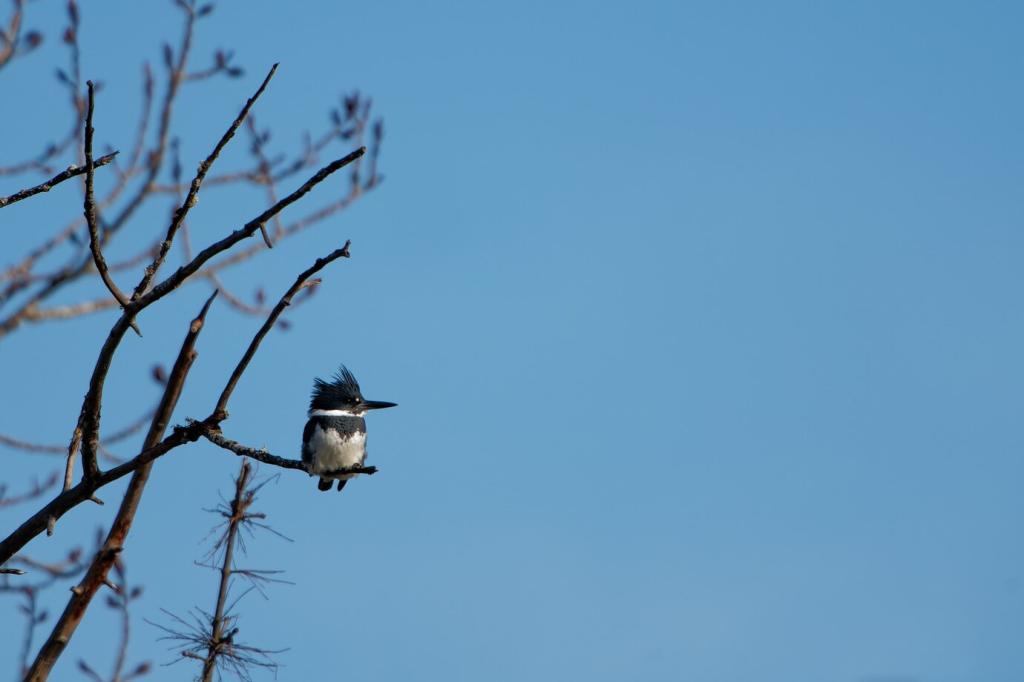
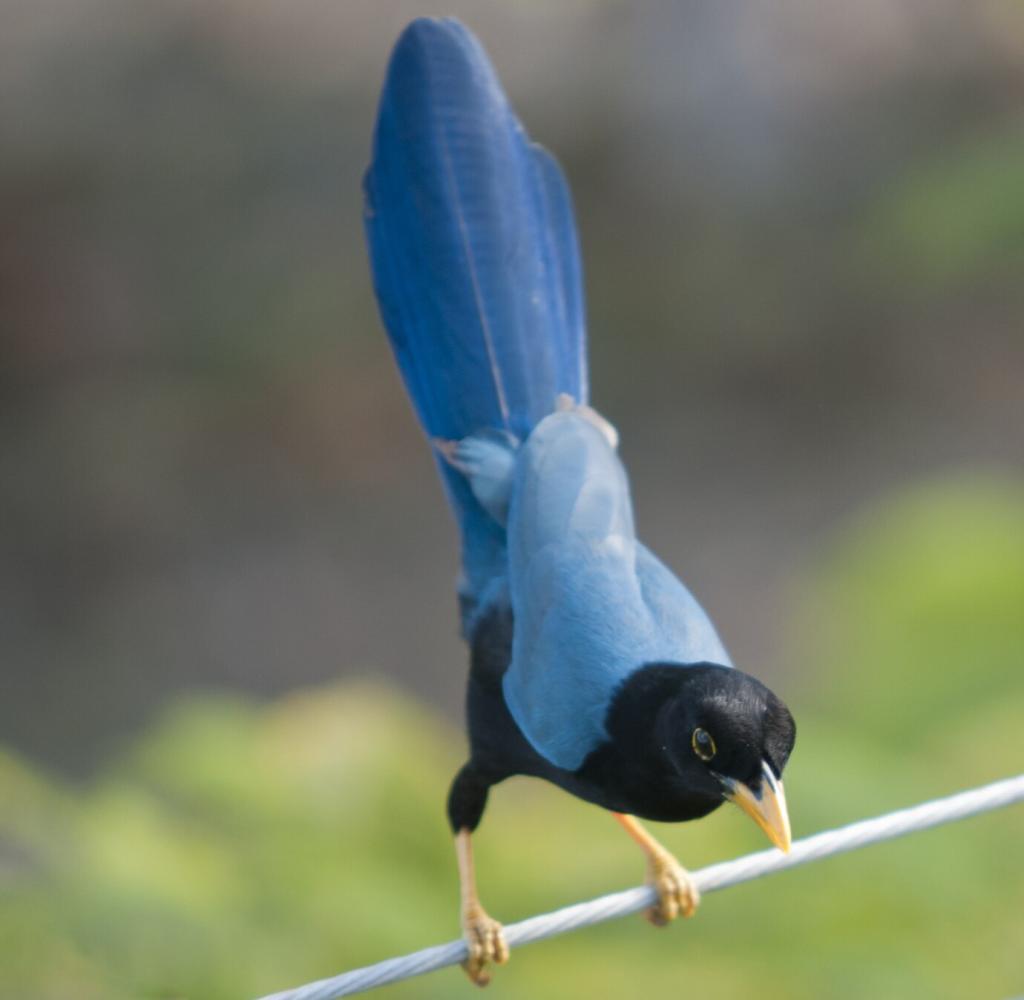
Flyways and Legendary Routes
From Arctic tundra to Caribbean mangroves, the Atlantic Flyway threads beaches, marshes, and estuaries. Red knots pause at Delaware Bay to gorge on horseshoe crab eggs, converting calories into flight stretching beyond the horizon.
Flyways and Legendary Routes
Bar-tailed godwits launch nonstop transoceanic flights, linking Alaska and New Zealand in audacious arcs. Their route depends on threatened mudflats where shorebirds refuel, making each migration a fragile wager on intact tidal rhythms.
Night Skies, City Lights
Bright towers and stadiums pull migrants off course, causing fatal spirals or exhausting detours. Turning lights out during peak migration reduces disorientation, giving birds back the darkness they evolved to read with precision.
Night Skies, City Lights
Reflective glass mirrors trees and clouds, tricking birds into high-speed collisions. Simple fixes—patterned films, external screens, or fritted panes—break reflections and save countless lives during nocturnal and morning migration surges.
Night Skies, City Lights
Real-time radar apps now visualize migration streams overhead, revealing hidden rivers of wings. Share screenshots, log observations, and coordinate Lights Out actions with neighbors to protect peak nights in your city.
Climate Change and Shifting Timetables
When springs arrive earlier, insects peak sooner. If migrants land on traditional schedules, they miss the feast and feed nestlings on empty tables. Even small timing gaps cascade across survival and breeding outcomes.
Climate Change and Shifting Timetables
Drought, storms, and habitat loss force mid-route improvisation. Birds scout new wetlands, climb to cooler elevations, or push farther poleward, rewriting maps that once held steady for generations of returning travelers.
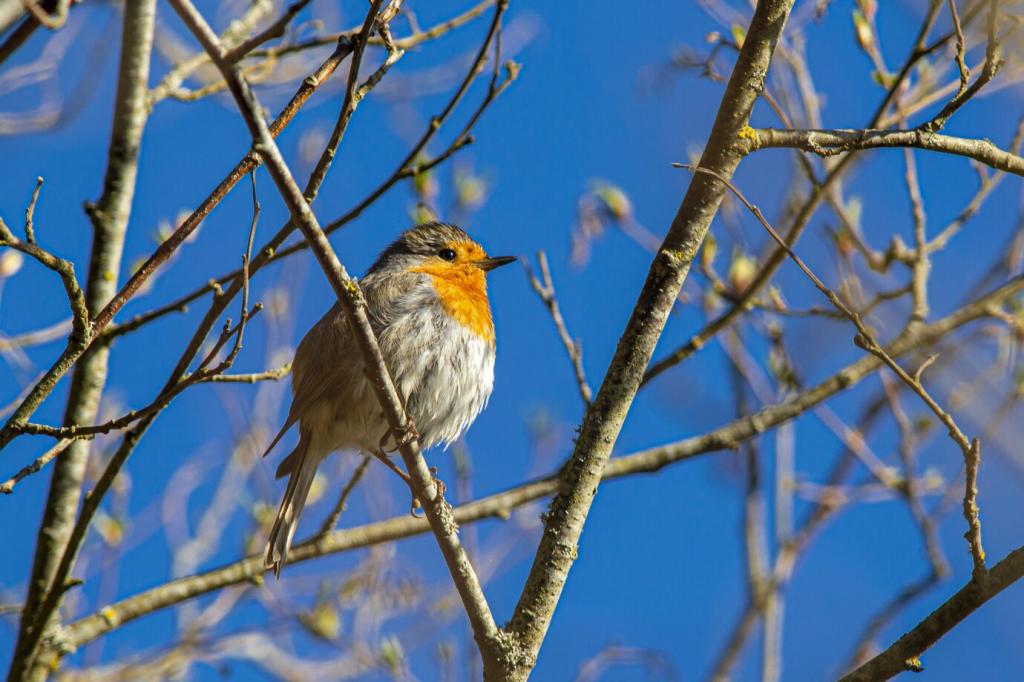
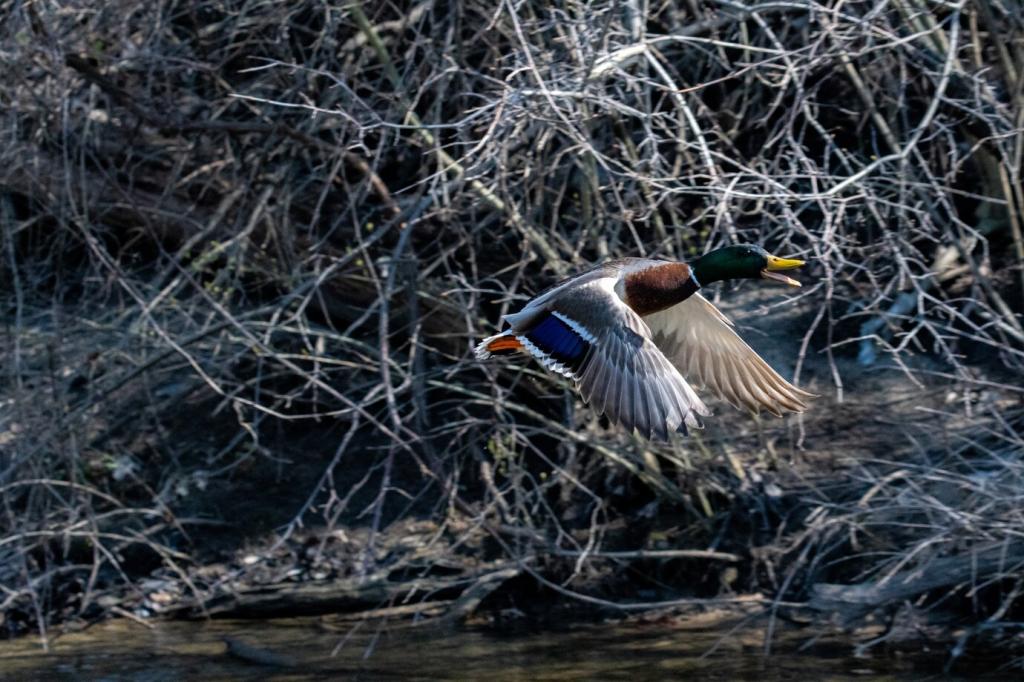
Tools That Reveal the Invisible
Geolocators, GPS tags, and nanotags
Light-level geolocators sketch broad routes, while GPS loggers map precise paths in astonishing detail. Emerging nanotags, detected by collaborative receiver networks, reveal the minute-to-minute decisions that shape successful flights.
Weather radar: bird rivers on screens
Originally built for storms, radar shows vast biomass clouds pulsing at night. Researchers estimate flight speeds, directions, and heights, turning national radar arrays into migration observatories spanning entire continents.
Stable isotopes and feather forensics
Hydrogen and carbon isotopes in feathers trace where birds grew them, linking breeding and wintering grounds. Paired with genetics, these chemical fingerprints anchor conservation to the right landscapes along the journey.
A researcher recalls fog rolling in, the beacon circling, and warblers circling too—soft chips, sudden silence, then a moonbreak and a clean tailwind. That night, switching lights off saved a city of wings.
Stories From the Field
Every September, swallows braided the dusk above a farmhouse. Years later, the same porch hosted grandchildren counting silhouettes. Tradition met data as they logged sightings, proving family stories can also be field records.
Stories From the Field
Lights Out and reflective fixes
Turn off unnecessary lights during peak migration, especially after midnight. Install window patterns or screens where reflections are strongest. Share before-and-after results online to inspire your building, block, or campus.
Backyard refueling stations
Plant native trees and shrubs that fruit or host insects at key times. Keep a clean water source, leave leaf litter, and avoid pesticides. Post photos of your mini stopover and invite neighbors to copy.
Join the data stream and stay connected
Log sightings on community science platforms, follow nightly radar forecasts, and subscribe for weekly migration alerts. Comment with your latest observations, ask questions, and help us track the season together.
